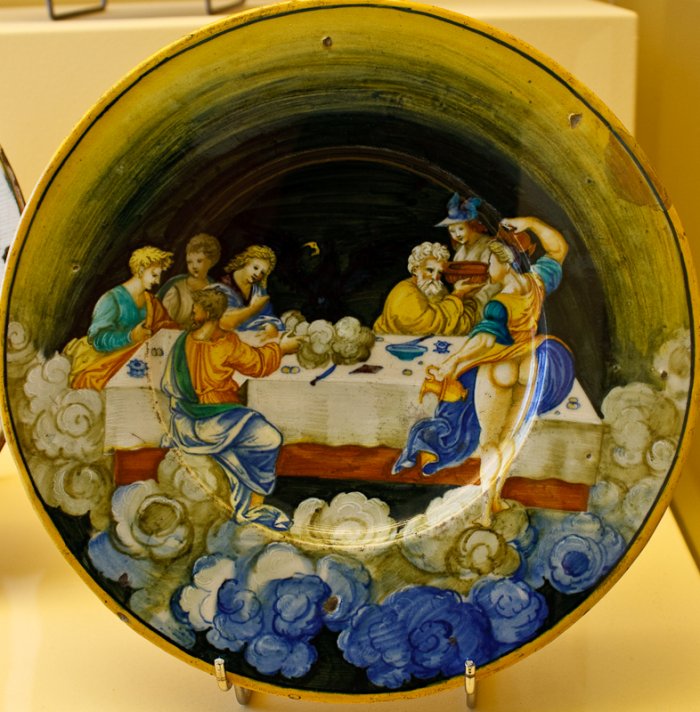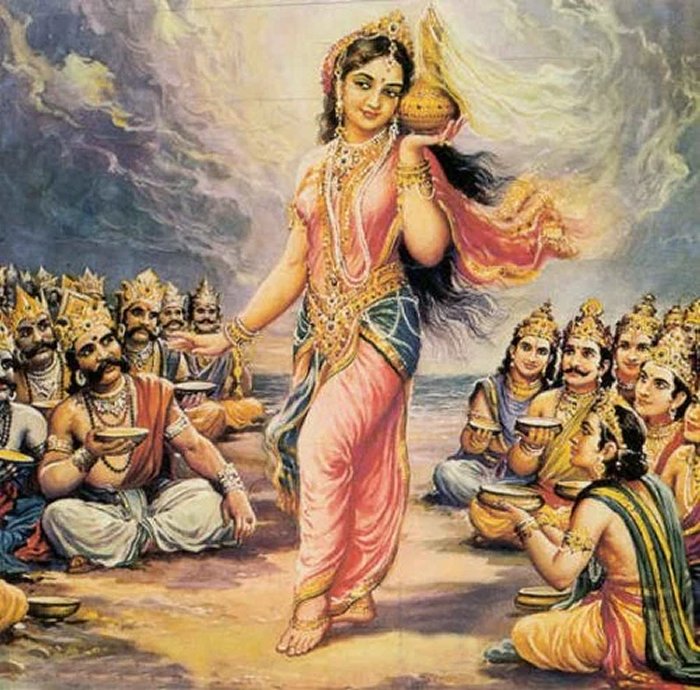Amrita: Potion Of Immortality Consumed By Gods To Make Them Strong And Immortal
A. Sutherland - AncientPages.com - For centuries, we have been dreaming of immortality, seeking a medicine that can help us to be immortal. Not only had the inhabitants of Mesopotamia associated immortality with treasures hidden underwater.
The Food of the Gods on Olympus (1530), majolica dish attributed to Nicola da Urbino. Image credit: MicheleLovesArt - Museum Boijmans Van Beuningen - CC BY-SA 2.0
According to Hindu myths and legends, the Indian Amrita ('non-dead), a drink of immortality with a sweet taste, was extracted from the bottom of the sea.
References to this miraculous nectar can be found not only in the Rig Veda, the oldest of Hinduism's sacred books, created for several centuries in the second millennium BC but also in Buddhist or Sikh literature.
The Amrita provided immortality and strength; it could also emanate new deities and ensure victory in the fight against demons, with which the gods had to fight to protect the divine drink.
Image source: Pinterest - Fair use
In hymns, the favorite beverage of Indra is probably identical to another magical juice – 'soma' (the drink of the devas) of the Vedic times. Soma may have been the forerunner to the idea of Amrita, but it is not known how the Vedic people extracted the soma juice. However, there are some clear indications to believe that it was an intoxicating substance used in the rituals by the Vedic priests to enter into a state of trances to communicate with gods and ancestors.
According to one theory, the Amrita was the basis for the later Greek concept of ambrosia ('ambrotos'), the food of the gods in Greek and Roman mythology, used to achieve immortality in the case of mortals.
Amrita was prepared from the plant juice of the same name. Consuming a drink with the addition of milk gave power (during certain rites) and allowed one to achieve transcendent visions and a feeling of unity with the gods.
Amrita – Recovered At The Churning Of The Ocean
According to the story, it was a time when the gods and antigods had to join their strength to churn the ocean of milk. It was necessary because the gods' most precious treasures were already long-lost beneath the primordial ocean due to the great deluge.
Amitayus is shown holding a jar containing the elixir of immortality, amrita, in his lap. source
These divine treasures include Amrita, the nectar of immortality. In the challenging process of churning the ocean, a huge mountain was used as a churning stick, and the divine snake Adishesha (or Vasuki, one of the King serpents of Hindu and Buddhist religion) was used as the rope around the stick.
Many things emerged from the Milk Ocean. Amrita also appeared, held in a cup by the divine physician Dhanvantari of the devas and an avatar of Lord Vishnu. The Amrita was in danger of being stolen by the antigods (asuras). To avoid it, the gods needed help from Vishnu, the Supreme Being and the "preserver" in the Hindu triad (Trimurti), in which Brahma and Shiva are also included.
Vishnu shapeshifted and became the charming maiden, Mohini, who successfully distracted the asuras. She changed the elixir for alcohol and returned the precious liquid to the gods.
Thus, the Amrita was secured only for the gods. However, one of the cunning demons, Rahu, disguised as a god, finally got a taste of the Amrita. The sun and the moon warned Vishnu, and the god immediately removed Rahu's head, but it happened too late. Rahu had already consumed some of the nectar to make him immortal.
Ever since, his head, known from myths as Rahu, and his corpse Ketu, became the most potent enemy of the Sun and Moon. Sun and Moon eclipses occur because Rahu and Ketu swallow up Sun and Moon when they come close.
Written by – A. Sutherland - AncientPages.com Senior Staff Writer
Updated on May 13, 20242
Copyright © AncientPages.com All rights reserved. This material may not be published, broadcast, rewritten or redistributed in whole or part without the express written permission of AncientPages.com
Expand for referencesReferences:
Cotterell, A. Mythology: An Encyclopedia of Gods and Legends from Ancient Greece and Rome, the Celts, and the Norselands
More From Ancient Pages
-
 Sailor’s Strange Discovery Of An Unknown Ancient Underground World At The North Pole
Featured Stories | Feb 10, 2024
Sailor’s Strange Discovery Of An Unknown Ancient Underground World At The North Pole
Featured Stories | Feb 10, 2024 -
 First Egyptian Middle Kingdom Tomb Unearthed In South Asasif Necropolis In Luxor
Archaeology | Nov 5, 2024
First Egyptian Middle Kingdom Tomb Unearthed In South Asasif Necropolis In Luxor
Archaeology | Nov 5, 2024 -
 Sacred Artifact With Mystical Powers – The Discovery – Part 2
Ancient Mysteries | Apr 26, 2019
Sacred Artifact With Mystical Powers – The Discovery – Part 2
Ancient Mysteries | Apr 26, 2019 -
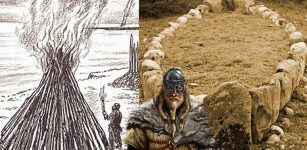 Ship-Shaped Burial Of Tjelvar – Legendary First Man Who Brought Fire To Gotland
Featured Stories | Feb 25, 2021
Ship-Shaped Burial Of Tjelvar – Legendary First Man Who Brought Fire To Gotland
Featured Stories | Feb 25, 2021 -
 Piecing Together Scotland’s Religious Past With Shards Of Glass
Archaeology | Feb 28, 2023
Piecing Together Scotland’s Religious Past With Shards Of Glass
Archaeology | Feb 28, 2023 -
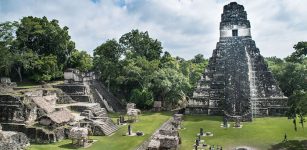 Unexpected Danger Lurks Beneath Ancient Maya Cities – Mercury Pollution Discovered
Archaeology | Sep 23, 2022
Unexpected Danger Lurks Beneath Ancient Maya Cities – Mercury Pollution Discovered
Archaeology | Sep 23, 2022 -
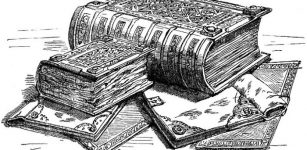 ‘The Domesday Book’ Of William I The Conqueror: Detailed Register Of ‘Who Owned What’ In England
Ancient History Facts | Jan 11, 2017
‘The Domesday Book’ Of William I The Conqueror: Detailed Register Of ‘Who Owned What’ In England
Ancient History Facts | Jan 11, 2017 -
 On This Day In History: Cliff Palace At Mesa Verde, Colorado Discovered – On Dec 18, 1888
News | Dec 18, 2016
On This Day In History: Cliff Palace At Mesa Verde, Colorado Discovered – On Dec 18, 1888
News | Dec 18, 2016 -
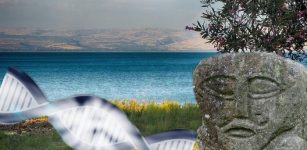 Ancient DNA Reveals Irish Are Not Celts – Irish Ancestors Came From Biblical Lands – Scientists Say
Archaeology | Mar 30, 2020
Ancient DNA Reveals Irish Are Not Celts – Irish Ancestors Came From Biblical Lands – Scientists Say
Archaeology | Mar 30, 2020 -
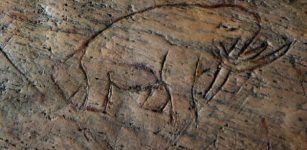 Controversial Study Of Ancient DNA Could Re-Write History Of South Florida And Prove Humans And Huge Prehistoric Animals Co-Existed
Archaeology | Sep 23, 2014
Controversial Study Of Ancient DNA Could Re-Write History Of South Florida And Prove Humans And Huge Prehistoric Animals Co-Existed
Archaeology | Sep 23, 2014 -
 Two Men Sentenced To Prison For Vandalism Of 4,000-Year-Old Petroglyphs In Nevada
Archaeology | Nov 12, 2022
Two Men Sentenced To Prison For Vandalism Of 4,000-Year-Old Petroglyphs In Nevada
Archaeology | Nov 12, 2022 -
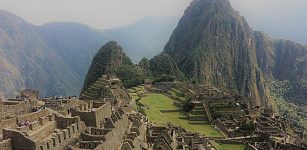 Two Inca Measurement Systems Calculated By Polish Architect
Archaeology | Nov 4, 2020
Two Inca Measurement Systems Calculated By Polish Architect
Archaeology | Nov 4, 2020 -
 Scottish Settler’s Ominous Encounter With A Mysterious Being In West Virginia
Featured Stories | Mar 18, 2024
Scottish Settler’s Ominous Encounter With A Mysterious Being In West Virginia
Featured Stories | Mar 18, 2024 -
 Surprising Discovery – Large Piece Of Egyptian Blue Found In Domus Aurea, Emperor Nero’s Palace
Archaeology | Feb 11, 2025
Surprising Discovery – Large Piece Of Egyptian Blue Found In Domus Aurea, Emperor Nero’s Palace
Archaeology | Feb 11, 2025 -
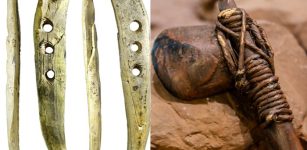 Rare Mammoth Ivory Tool Offers Evidence Of Ropemaking In Central Europe More Than 35,000 Years Ago
Archaeology | Feb 5, 2024
Rare Mammoth Ivory Tool Offers Evidence Of Ropemaking In Central Europe More Than 35,000 Years Ago
Archaeology | Feb 5, 2024 -
 Extremely Rare Jurassic Fossils Discovered Near Lake Powell, Utah
Fossils | Oct 16, 2023
Extremely Rare Jurassic Fossils Discovered Near Lake Powell, Utah
Fossils | Oct 16, 2023 -
 Mesolithic Stone Mace Head Found Near Buckingham, UK
Archaeology | Apr 7, 2023
Mesolithic Stone Mace Head Found Near Buckingham, UK
Archaeology | Apr 7, 2023 -
 On This Day In History: Battle Of Dormans Was Fought – On October 10, 1575
News | Oct 10, 2016
On This Day In History: Battle Of Dormans Was Fought – On October 10, 1575
News | Oct 10, 2016 -
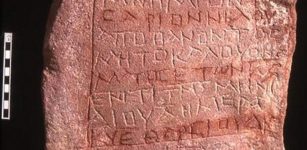 Nabataean Culture Lived On Long After Their Kingdom Disappeared – New Evidence
Archaeology | Feb 27, 2019
Nabataean Culture Lived On Long After Their Kingdom Disappeared – New Evidence
Archaeology | Feb 27, 2019 -
 Domovik (Domovoi): Household Spirit In Ancient Slavic Beliefs
Featured Stories | Apr 3, 2016
Domovik (Domovoi): Household Spirit In Ancient Slavic Beliefs
Featured Stories | Apr 3, 2016

